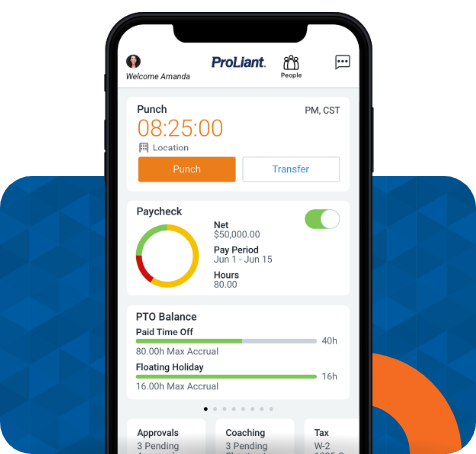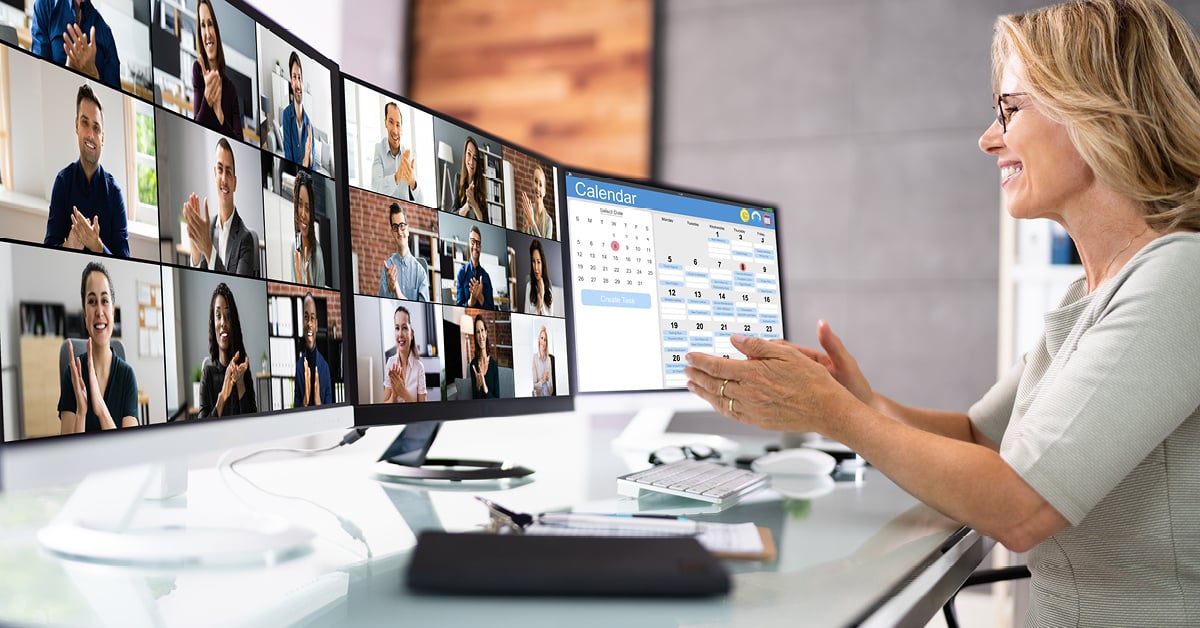While there is a general understanding of the concept of an HRIS, many people are not aware of its exact nature. An HRIS, or a Human Resources Information System, is designed to help manage people, policies, and procedures in a workplace of any size. Now, let's dive into a few commonly asked questions about HRIS to help you gain a better understanding.
Is an HRIS the same as an HRMS or HCM?
You may have heard HRIS used interchangeably with HRMS (human resource management system) or HCM (human capital management). However, there are some critical differences between them:
- "An HRMS includes modules for monitoring and managing qualitative employee information, such as employee satisfaction and engagement."
- An HCM "encompasses the full spectrum of employee performance and engagement, both quantitative (what an individual has done, for how long, in which roles and how they have performed) and qualitative (how engaged and motivated they are within those roles and within the organization)."
An HRIS is differentiated by key features as well.
What are the key features of an HRIS?
An HRIS solution will differ slightly between the companies that offer them, but there are some key features that you can expect them all to have in common:
- Employee Information Management: names, titles, addresses, salaries, salary and position history, reporting structures, performance appraisal histories, and other critical employee information.
- Company Documents: employee handbooks, emergency evacuation procedures, safety guidelines, etc.
- Recruiting/Applicant Tracking System (ATS): applicant information, current available roles, interviews, job descriptions, salaries, etc. (Most HRIS can/will integrate with recruiting and hiring software for secure data transfers.)
- Benefits Administration/Open Enrollment: enrollment status changes and personal information updates for benefits. (Some systems allow employees to review their information themselves.)
- Time Management: vacation time, sick time, personal time, family and medical leave, and related time-off benefits.
- Compensation Management/Payroll: salary history, paychecks, raises, bonuses, tax information, and other financial and compensations functions. (HRIS will often integrate with company financial and accounting software systems.)
- Training and Development: record training sessions and track employee learning and personal development plans. (Some HRIS will implement their own learning management systems.)
- Performance Management: manage reports to see employee info such as roles, performance history, manager comments.
A good HRIS will include self-service functionality for both "regular" employees and management. Allowing employees to update their benefits, request time off, and change financial information on their whims is a big draw. Having a centralized location to track employee performance information is also hugely beneficial to management. This location provides transparency between employees and upper management on employee performance.
Have any questions? Want to learn more about HRIS? Check out our solutions or schedule a demo to see how our award-winning HRIS can re-organize and re-energize your workplace and workforce.








No Comments Yet
Let us know what you think